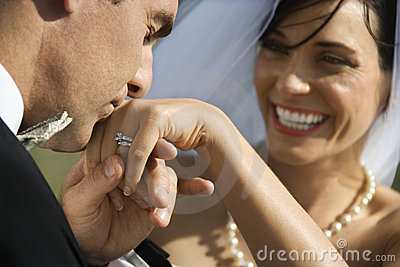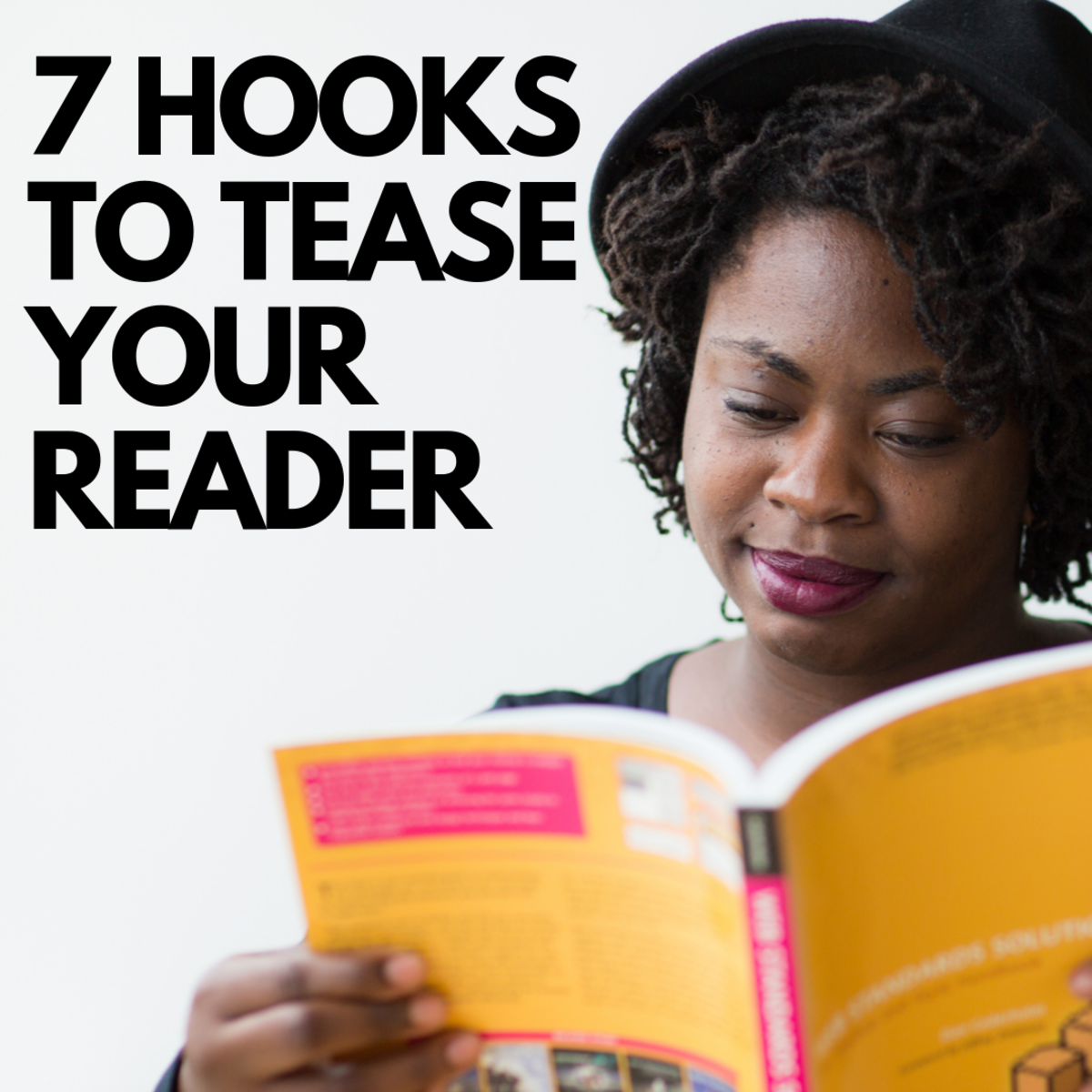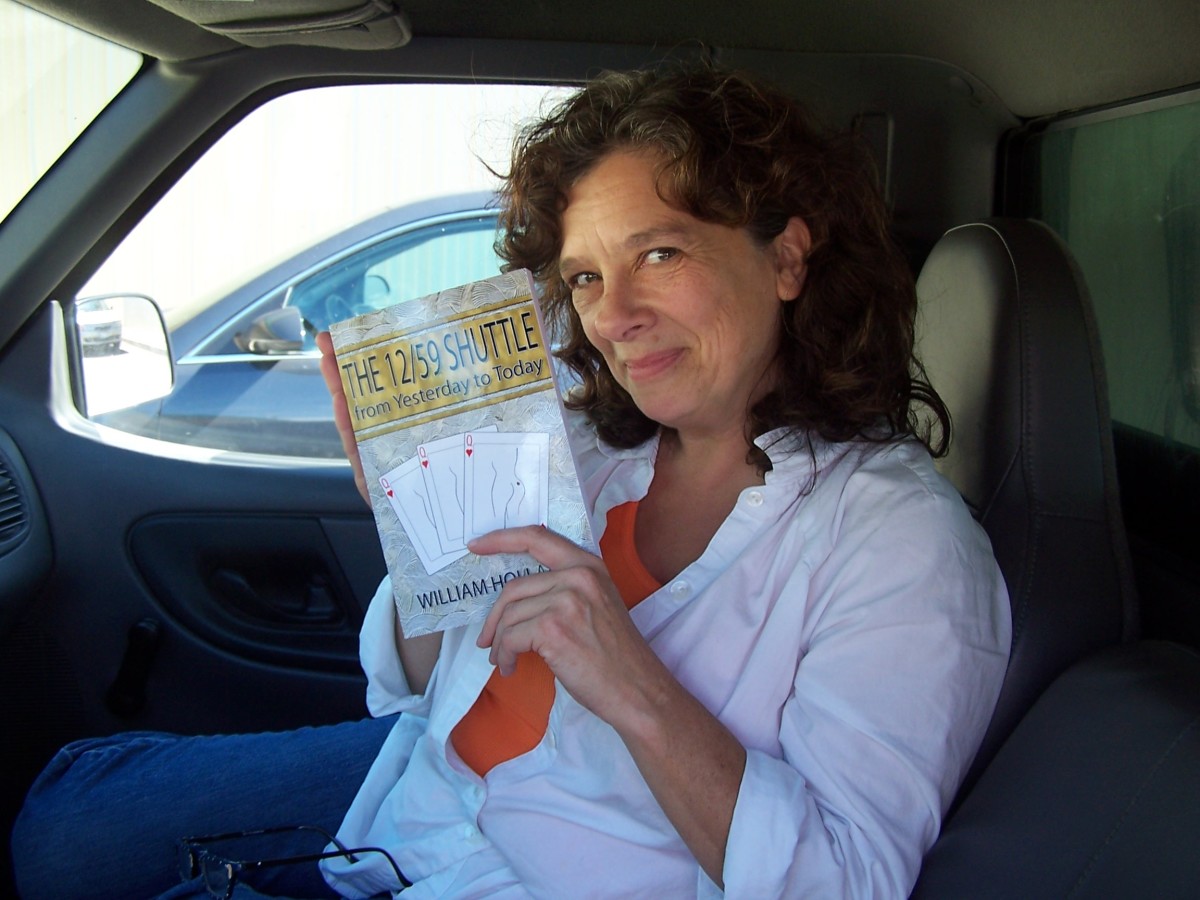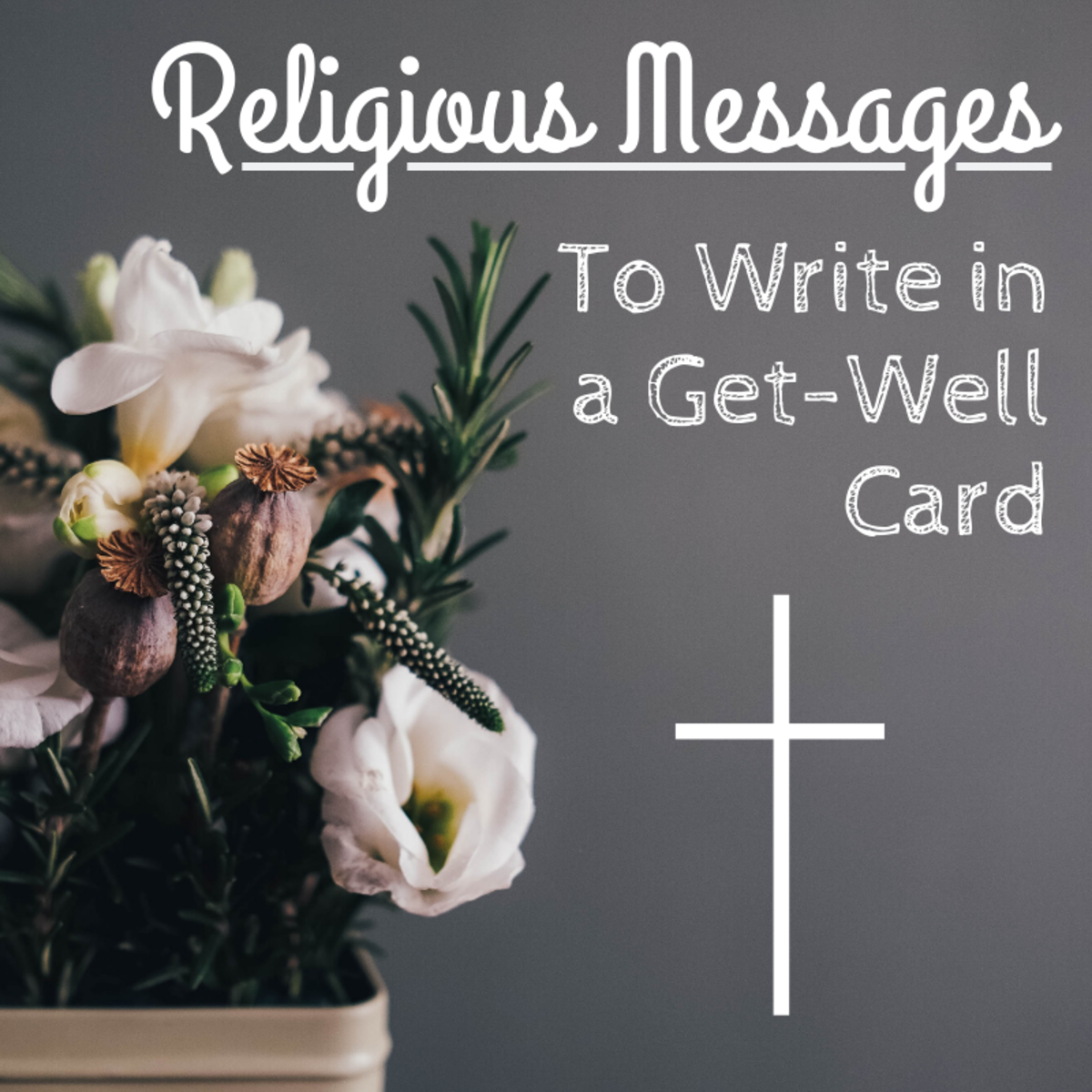Romance In Writing- 5 step to writing for the romance genre

Writing romance Fiction
The tradition of writing romance stories stretches back to the beginning of time, with many myths revolving around tales of Gods and angels falling in love with beautiful mortal women. Legends revolve around heroes achieving great deeds to be able to claim the one they love.
The greatest storytellers of all time have touched on the art of romance, from William Shakespeare Romero and Juliet to Jane Austin’s pride and prejudice.
And while the stories themselves change and evolve with time, the five rules of romance stay the same.
Every love story, be it a novel or movie will have these 5 elements of romance.
By following the five step formula you will give both publishes and readers what they expect from the genre.
How to write a romance novel
Step one -Strong characters
Creating strong characters for your romance story is a must, Believable characters that the readers can identify quickly with. Full rounded characters, that are more then their physical description on the page, make it easy for you readers to want to invest in the story.
Make them as interesting as possible while keeping them realistic to what you want.
To have your characters live and breathe they need to be as real to you the writer as you can make them.
Take the time out to develop them. Give them a past, flaws and fears that you can exploit/use as the story teller.
Write a time line of their lives leading up to the moment that they meet, Explore the events of their past’s flush them out on paper for you own information.
Write out their dreams, what they aspire to do with their lives. This list can be as long as like covering small dreams and goals to the larger ones the characters might not even admit they have.
Create a flash card or notebook of their bio and stats. Birthday, Star Sign, Weight, Height, Hair colour, Eyes, Distinguishing features, Personal obvious quirks, This helps keep them not only consistent in your mind, but in your writing also.
- Romance Writing....First Meeting
Romance writing....First meeting. Romance writing has come a long way from when i first started reading them in my early teens, gone are bodice ripping pirates and swooning maids. Now our romances...
Step Two- Instant attraction
When your characters meet, there needs to be the flare of instant attraction, the air around them should be alive with chemistry. Even if it’s a one sided meeting, like when Romero first spies Juliet across the room. He is instantly captivated. Desire to meet her, stronger then any other emotion he has at that time.
This Attraction needs to be real enough that the reader both believes it and wants there to be more.
Consider the art of flirting, body language P.O.V and never forget to add a healthy dose of lust.
Jot down on your character flash cards or note book what it is they like about the other character they are attracted to, soft romantic things, like the way the sun reflects of her hair, to the more lustful like the way the cut of his jeans keeps drawing her attention. Again this helps you the writer keep up with the flow of your own writing.
Step Three-Conflict and Obstacles
This is the big wheel of your romance novel, or story. Without conflict and obstacles for your characters to encounter your story will fall flat. By now you should have a good idea on who your characters are and where they are in their lives.
Now you need to know what keeps them apart, what will get in the way of their true love being realized?
Don’t stop at one or two things, dig deeper, look into the characters themselves, use their fears and flaws, was their anything in their past that could impede the characters happiness now?
Write a good list long of reasons that the characters have standing in their way of being with the one they love. Be it personal, situational or miscommunication or even others. Be broad and imaginative think of the relationships you yourself have been in, talk to others and ask about their fears when it comes to love.

Step four -Overcoming obstacles
Now that we have the conflicts obstacles we need to now work out how the characters are going to overcome their barriers to their true love. Go back to the list and work out ways that the characters can overcome the obstacles that you have given them.
Personal conflict as well as situational conflict needs to be resolved before the end of the story, so the readers are not left without niggling questions.
If your main character hates women, then fully show and have explained by the end of the story how that has changed and why, Don’t gloss over it, explore this part of his personality, just as you would show her growing trust of him, if your female lead had trust issues regarding men.
Have them work most of these conflicts out together, bringing them closer to their happy ever after.
Choose from your list, those conflicts and solutions that will work best with your plot, and touch on them from the beginning of your book, weave them into the story as you go for added depth to your overall plot.
Step Five Happily ever after
The genre of romance thrives on the business of happily ever after, why? Because readers want to escape, to fall into the wonderful pattern of a romance story that they know will end well. They are relying on the fact that no matter how hard the conflicts were, that no matter how much the character suffered it was all worth it.
That in the end the characters would be even more in love with each other then in the beginning. this doesn't have to mean they get married but it needs to be clearly established with all loose ends tied up.
Readers read romance to feel good at the end of the journey, so give them that. Don’t be tempted to kill of the main characters, or give it tragic twist. If you do you have broken the golden rule of romance.
(Maybe writing a fantastic drama or thriller)
Even if you plan on writing a follow up book, then you must to fit the genre of romance leave the book on a Happily ever after for now ending, leaving the reader knowing that there is more to come for the characters but for now they are happy.

Reread your favourite romance novel or watch a favourite romance movie to see these 5 rules of romance in action.
I firmly believe by following these 5 steps you can greatly increase your chance of having your romance novel met the guidelines that most publishers expect every romance writer to know.
- Writing in the chaos of kids
One of the very reasons that I started writing again was the dream of being able to contribute to my childrens future in a financial way. A fact that the darling monsters are blissfully unaware of, as...









